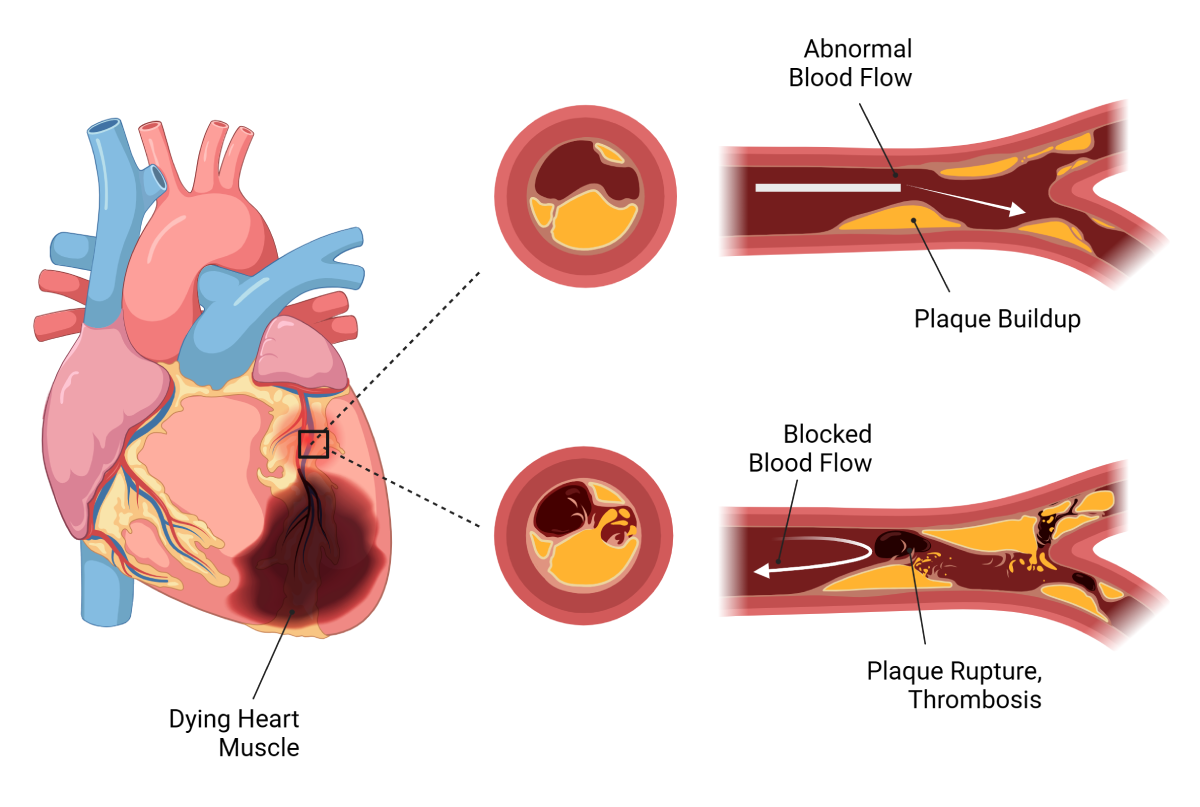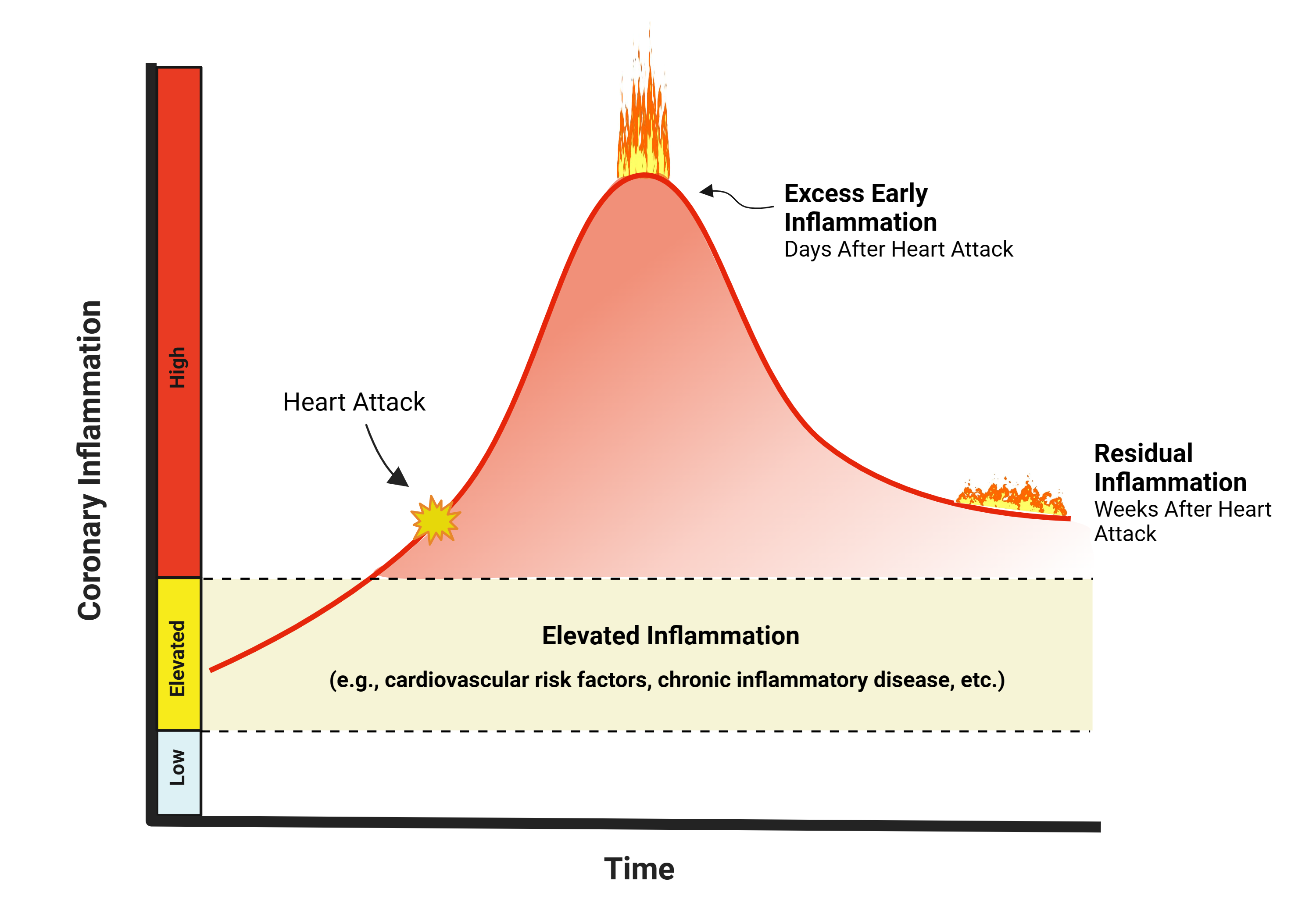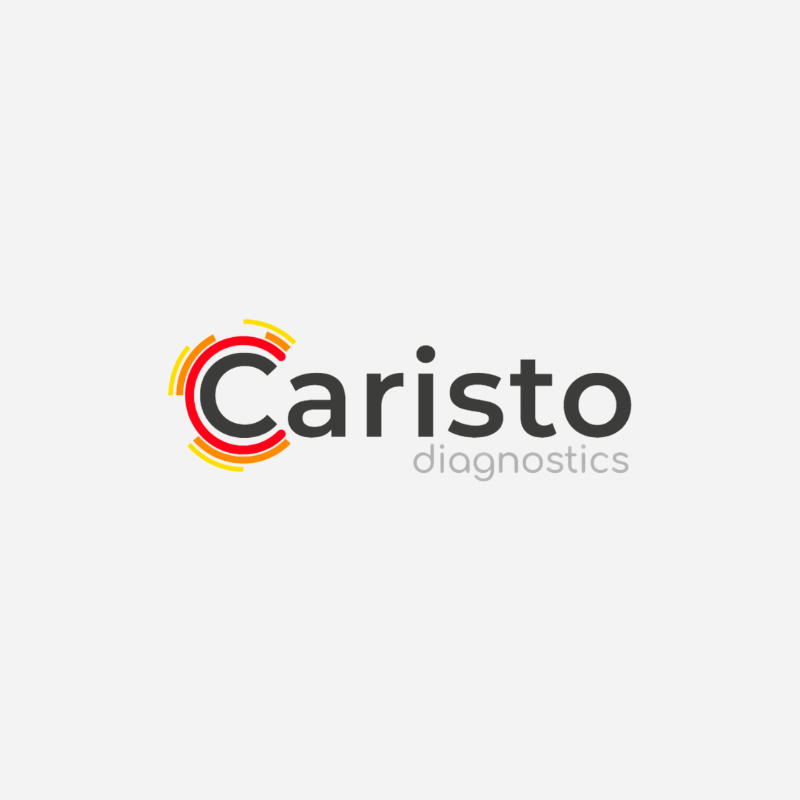The leading cause of death in the U.S.
Coronary Artery Disease
Coronary artery disease (CAD) affects more than 20.5 million adults in the U.S. alone.
CAD is caused by a buildup of plaque in the walls of coronary arteries that are responsible for blood and oxygen supply of the heart. Gradual increase of plaque burden, a process called atherosclerosis, can lead to a narrowing of the coronary arteries. This build-up causes inflammation, which often goes untreated, and ultimately leads to an acute coronary syndrome (ACS) event such as a heart attack or unstable angina.

CAD can lead to Acute Coronary Syndrome
Acute coronary syndrome (ACS) is an umbrella term for conditions in which blood supply to the heart muscle is reduced or blocked through the buildup or rupture of atherosclerotic plaques in the coronary arteries. Prolonged lack of blood and oxygen supply results in cell damage. ACS presents in the clinic as heart attack or unstable angina (cardiac chest pain)

Patients Need Better Treatment Options for Coronary Inflammation
Despite therapeutic advances over the past decades, 1-in-5 patients will experience a recurrent heart attack and die within two years of the initial ACS event even on optimal preventative therapy.

Patients Need Better Treatment Options for Coronary Inflammation
Despite therapeutic advances over the past decades, 1-in-5 patients will experience a recurrent heart attack and die within two years of the initial ACS event even on optimal preventative therapy.

Learn more about CAD from industry leaders.
We are part of an incredible ecosystem of dedicated organizations tackling Coronary Artery Disease and Acute Coronary Syndrome. Here are some of the leading resources.
The American College of Cardiology (ACC) is a professional medical association dedicated to improving cardiovascular health through education, research, and quality patient care.
The American Heart Association offers comprehensive information on heart disease, including prevention tips, treatment options, and support resources.
Caristo Diagnostics is a health technology company that has developed state-of-the-art image analysis technology, that can detect and quantify the invisible signatures of inflammation in routine CT heart scans.
Mayo Clinic's heart disease resource offers reliable information on symptoms, causes, diagnosis, and treatment options for various heart conditions.
The CDC provides public health information, statistics, and strategies for preventing heart disease and stroke, including lifestyle recommendations and community initiatives.
MedlinePlus offers comprehensive heart health resources, including information on heart disease, treatment options, and lifestyle recommendations, curated by the National Library of Medicine.
frequently asked questions
Our Sources
1: National Heart, Lung, and Blood Institute (NIH), What Is Coronary Heart Disease?
2: Centers for Disease Control and Prevention (CDC), Coronary Artery Disease (CAD)
3: MayoClinic, Coronary artery disease – Symptoms & Causes
4: MayoClinic, Coronary artery disease – Diagnosis & treatment








